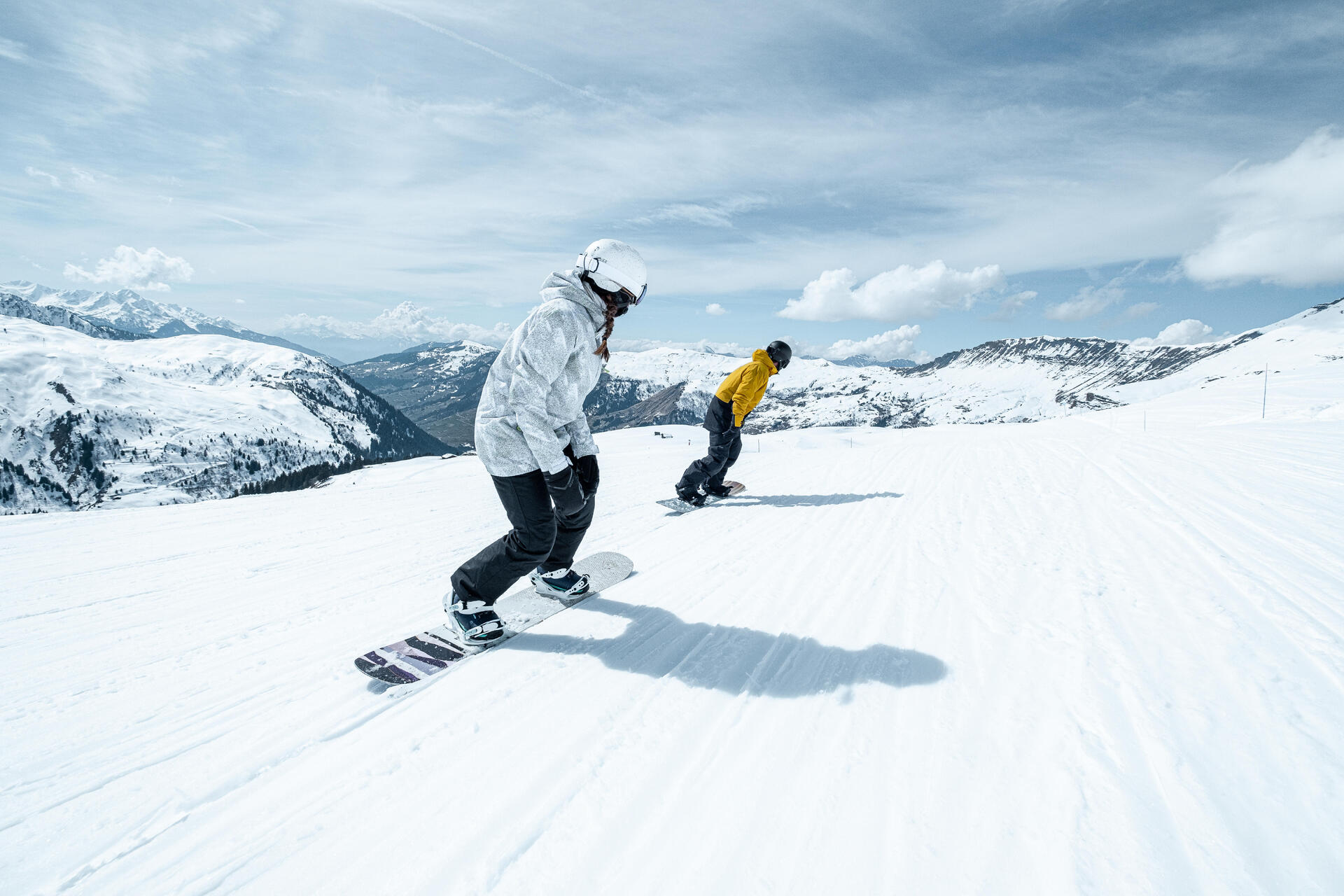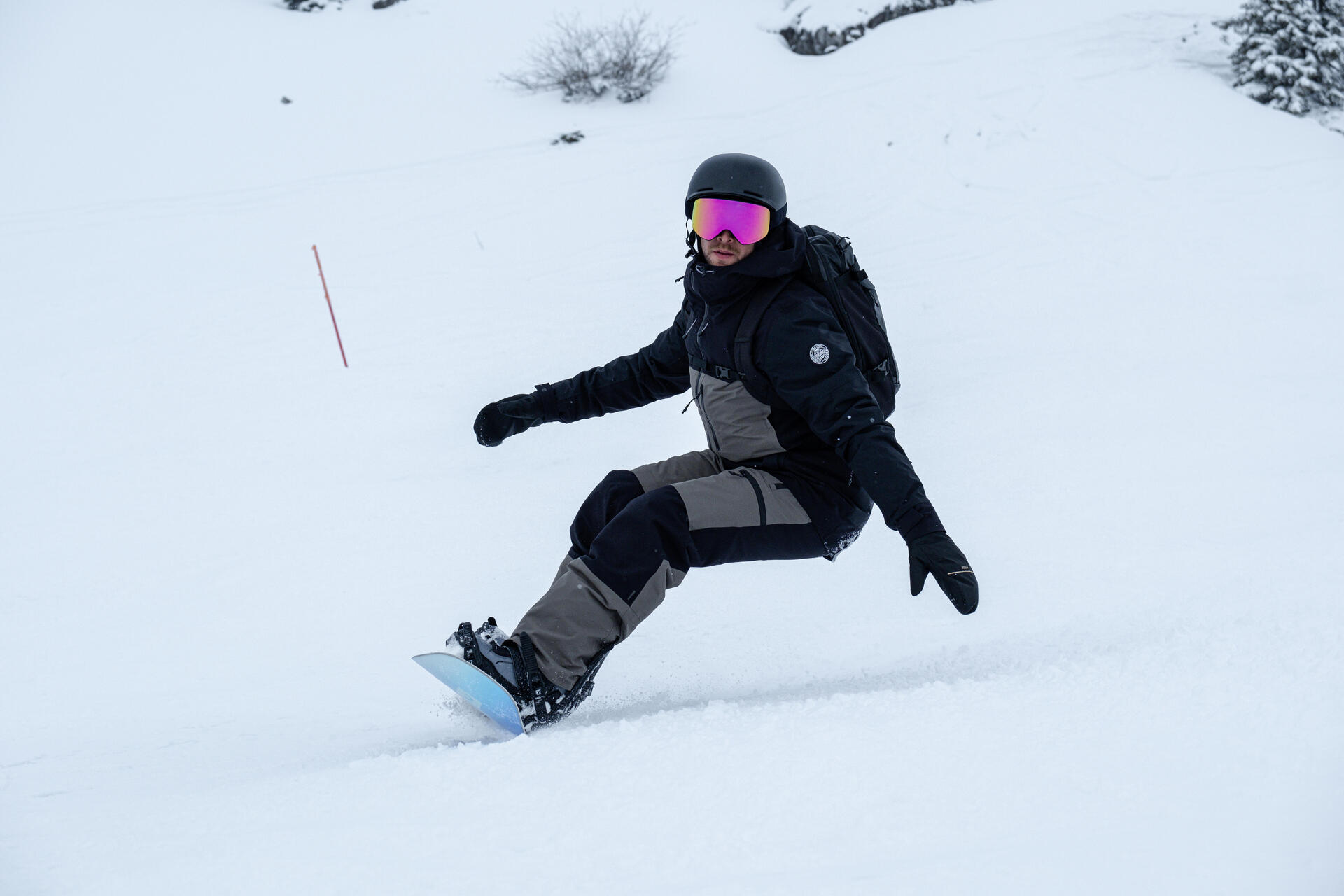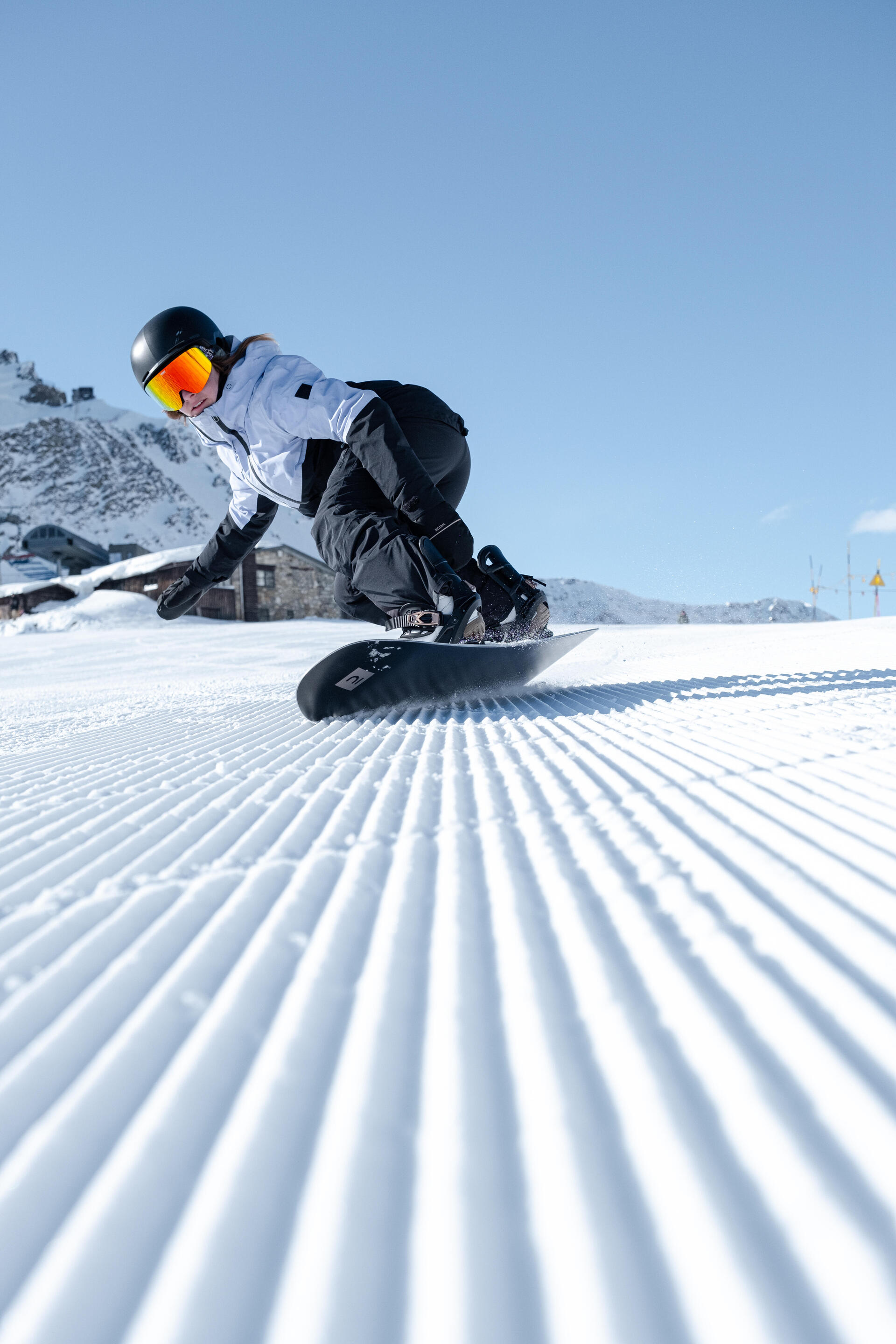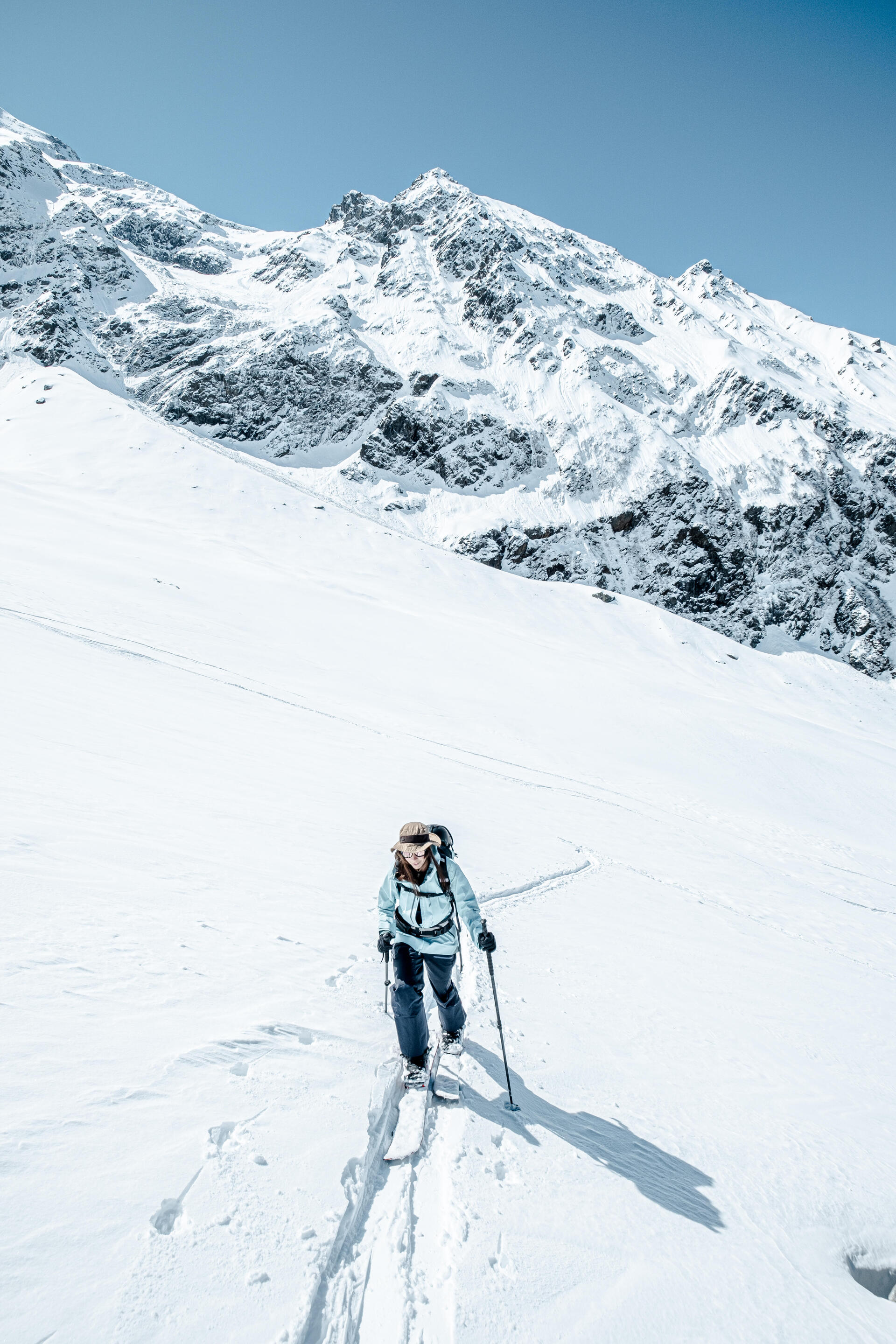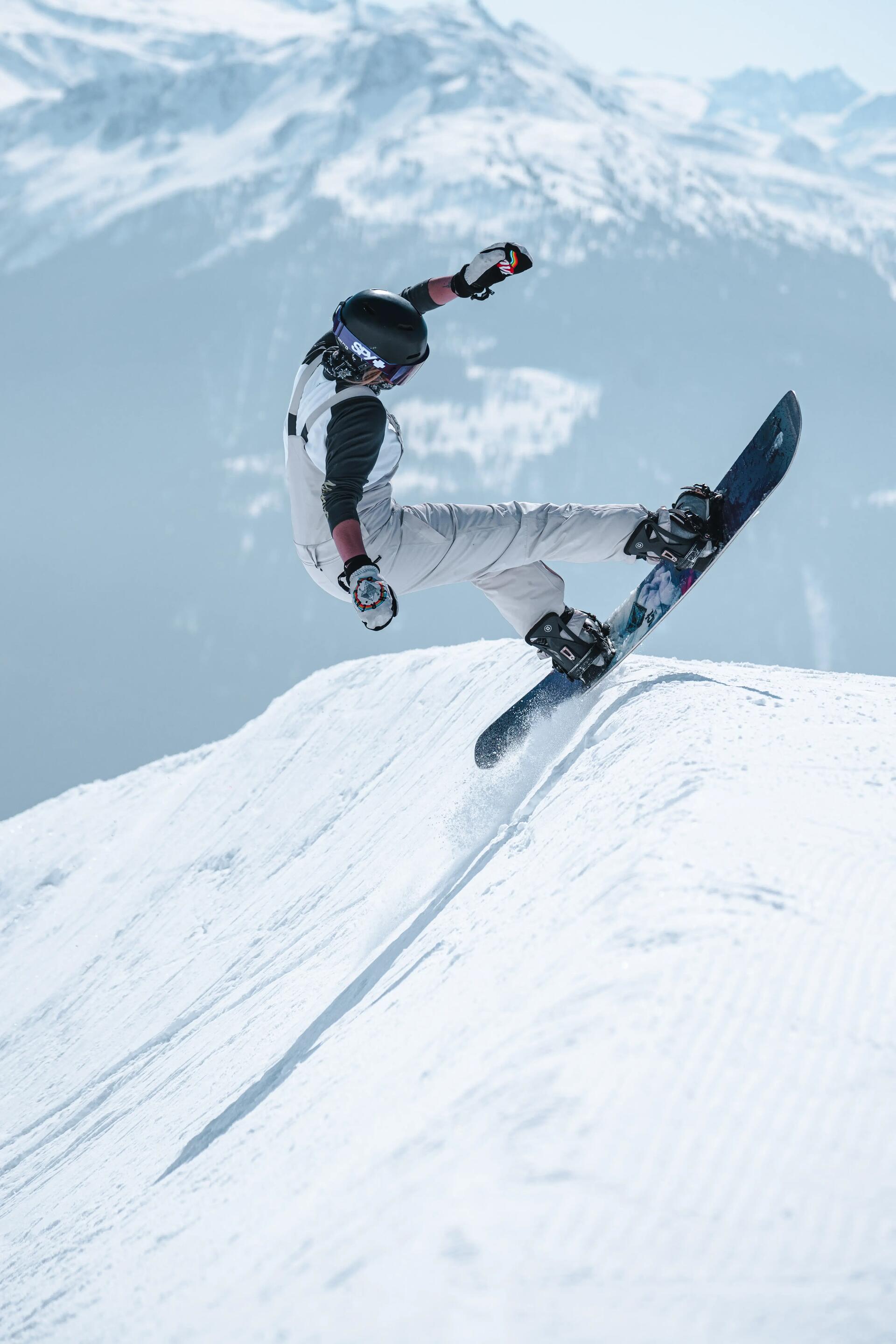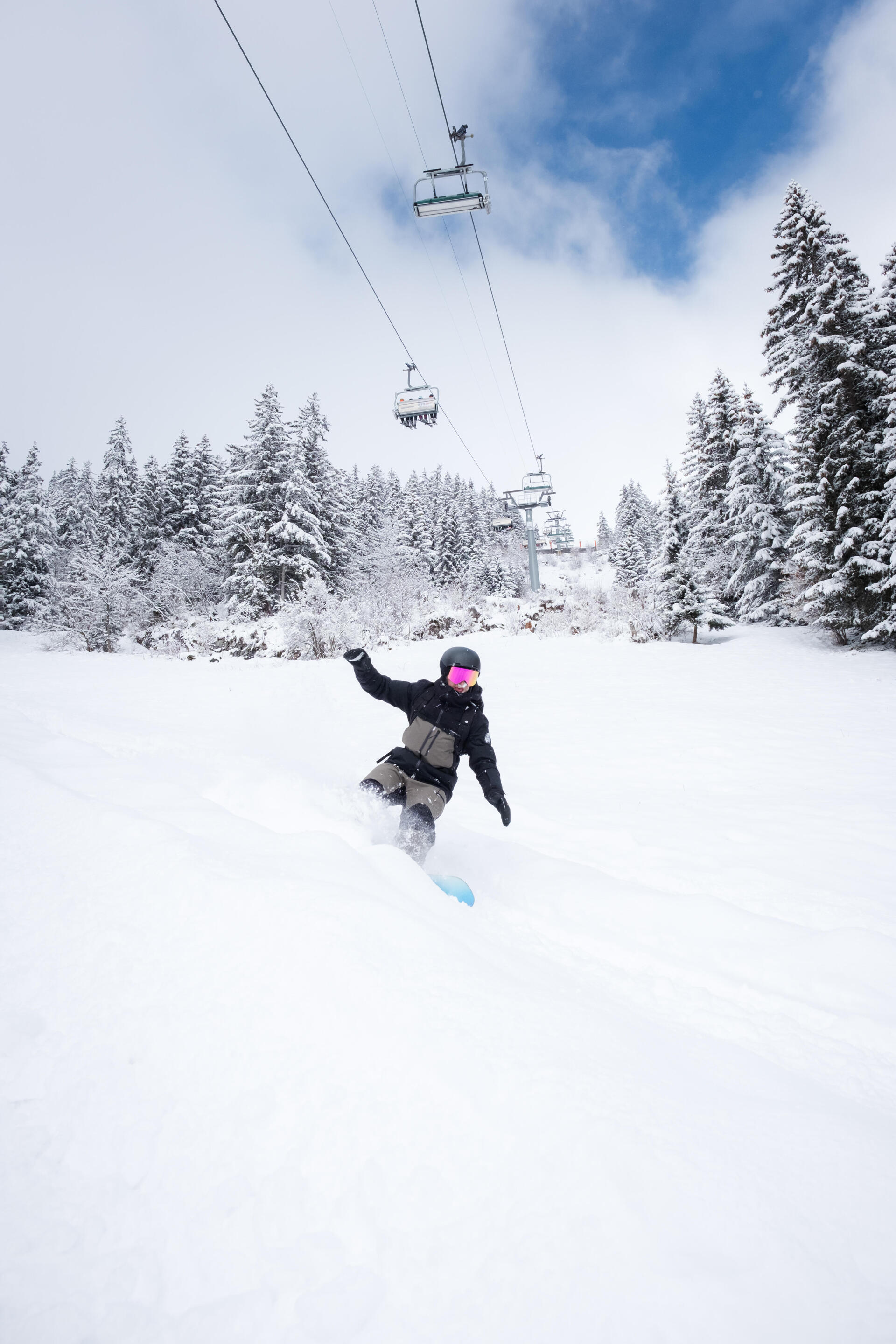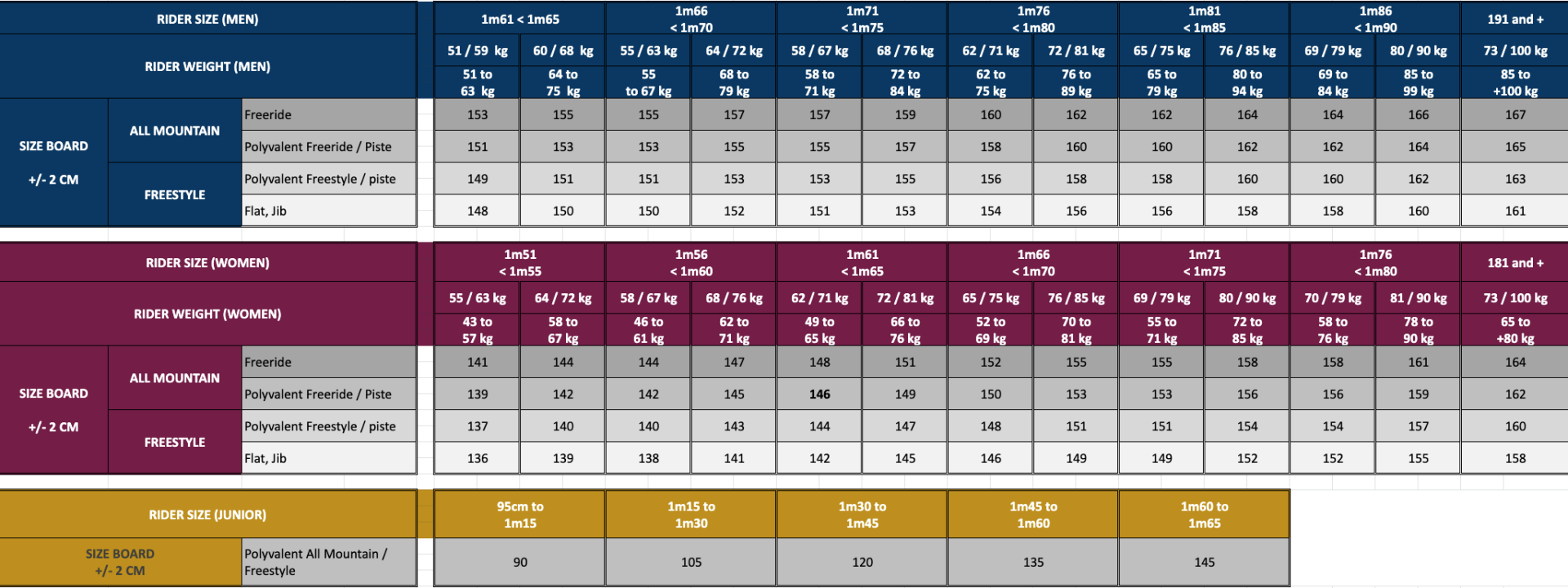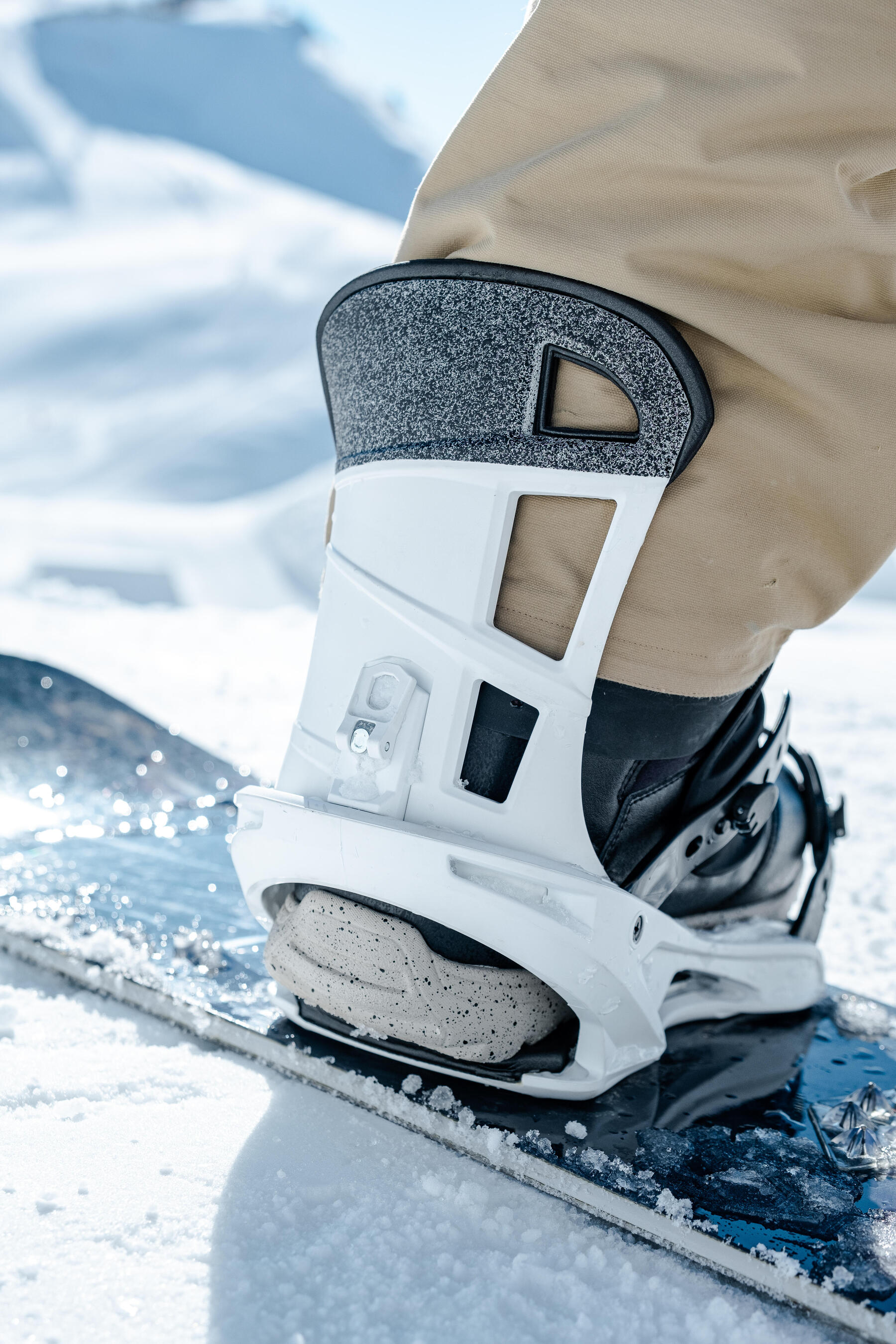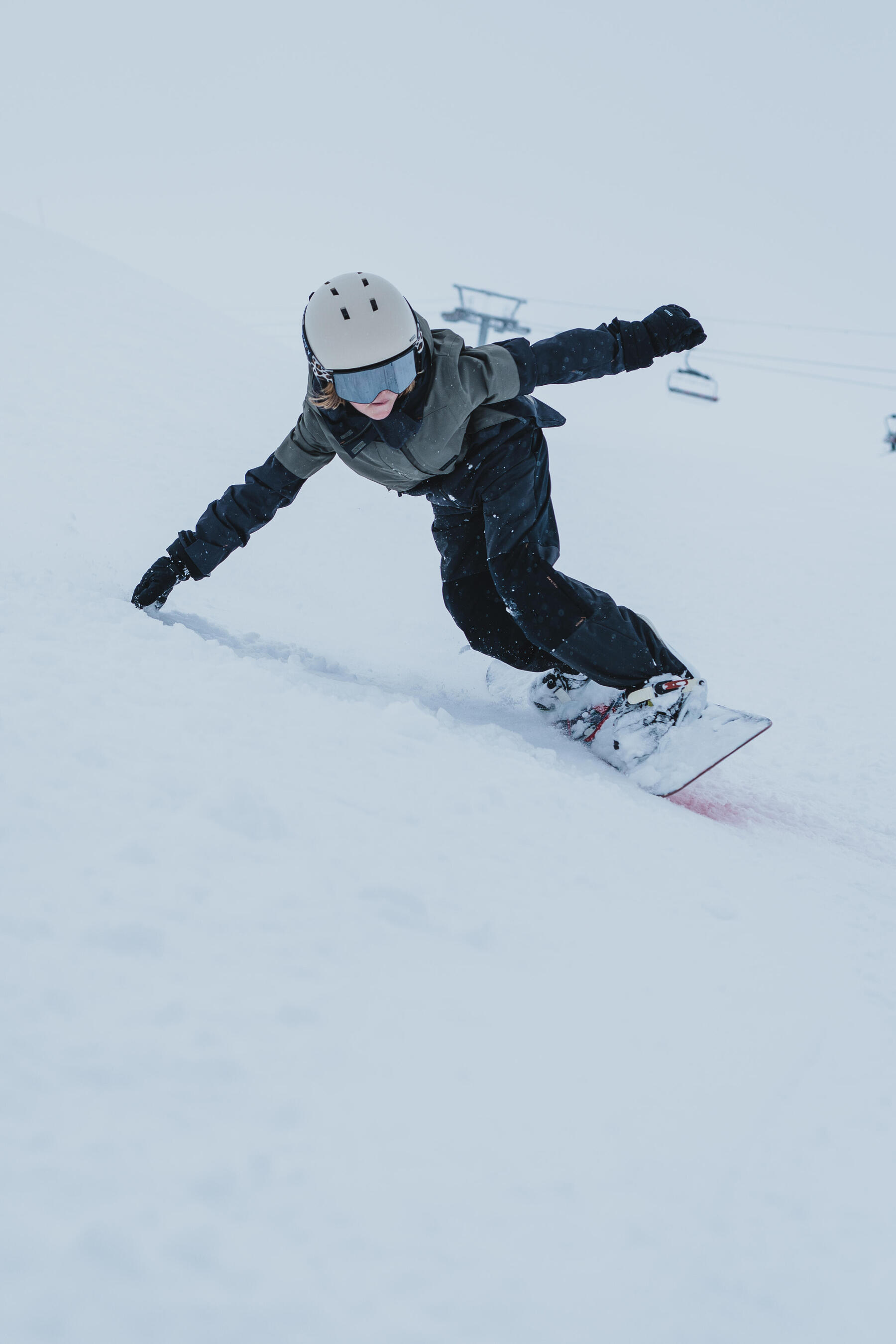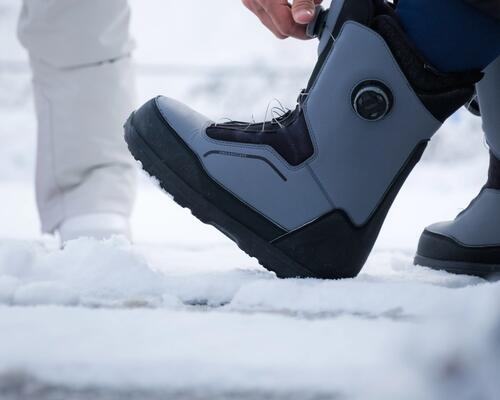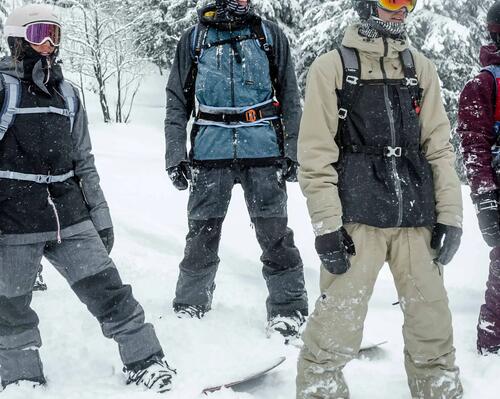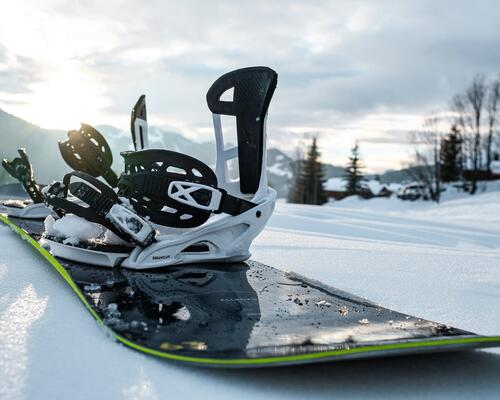1. Why is the choice of board so important?
With a variety of shapes and features, snowboards actively contribute to your riding experience. Depending on your level, body type, and the way you want to practice this activity, it’s advisable to choose a board that will be able to adapt to your preferred environment and offer the key comfort that’s vital for your enjoyment and progression.
Conversely, equipment that’s not right for you can complicate your movements unnecessarily, and quickly discourage you from pursuing snowboarding.

